We explain everything about Brazil, its characteristics, history and culture. Also, its flora, fauna, economy, geography and more.
What is Brazil?
The Federal Republic of Brazil is the largest country in South America and the fifth largest country in the world after Russia, China , Canada and the United States. Brazil has 211,000,000 inhabitants and is the most populous country in Latin America . It was conquered by Portugal and, after its independence, kept Portuguese as the official language except for some indigenous populations that still maintain their original language and live in remote parts of the Amazon.
Geographic limits of Brazil
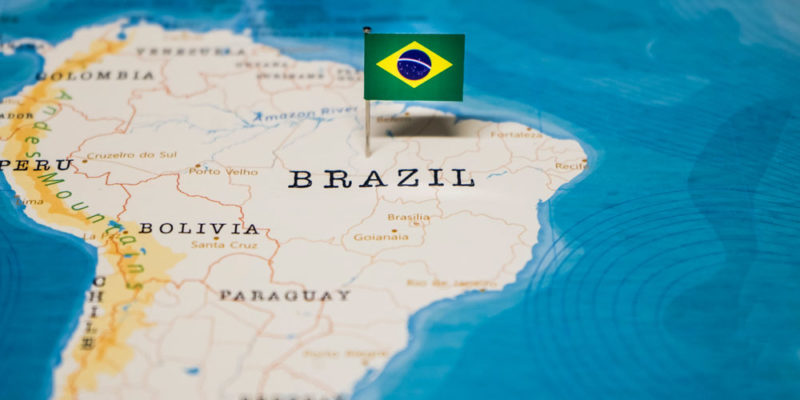
- To the north. French Guiana, Suriname, Guyana, Venezuela and Colombia.
- To the south. Paraguay , Argentina and Uruguay.
- To the East. Atlantic Ocean .
- To West. Peru and Bolivia .
Brazil is made up of 26 states and a federal district that is the capital of the Republic and is called Brasilia. It has an area of 8,511,965 km 2 . Among the most developed cities , São Paulo and Rio de Janeiro stand out.
History of Brasil
Brazil was invaded by Europeans from 1500 AD. C. , especially by the Portuguese who established their first colony in 1530 and created sugar cane plantations along the coast. When the Portuguese discovered the great reserves of gold and diamonds that existed in Brazil, they accelerated their expansion in the territory and plundered the precious metals to take them to the old continent.
In 1789 the Brazilian movement that tried to defeat the colonizers began. But it was not until 1822 that Brazil managed to become a free nation . The last king of Portuguese descent ruled until 1888, when the military managed to expel him permanently and Brazil became a federal republic .
Culture of brazil
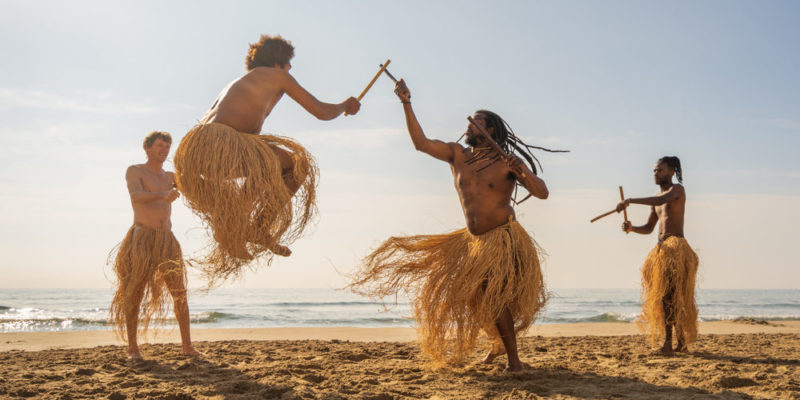
The culture of Brazil is influenced by the Portuguese colonizers who invaded the territory from 1500 AD. C. and that almost all the traits of the original Amerindian traditions, that is, of the indigenous people of America , were exterminated . Additionally, it was influenced by German immigrants and African slaves .
When the Europeans arrived in Brazilian territory, it is estimated that there were about 30 million indigenous people. There are currently some 300,000 indigenous people who inhabit the most remote parts of the country. The diversity of cultures, of invaders and immigrants, generated new religious, musical and culinary customs.
One of the main characteristics of Brazilian culture that reflects this diversity is music, such as African folklore in Portuguese, samba, and bossa nova that combines samba and jazz.
Carnival is another characteristic of the Brazilian tradition , which has gained worldwide recognition due to the impressive display of the celebration and the quality of the spectacle of the different troupes that parade with their colorful costumes and floats to the beat of traditional music.
Capoeira emerged as a martial art technique and eventually became a national sport in Brazil. Today it combines wrestling techniques with African-influenced popular dance and is one of the most recognized representations of Brazilian culture in the world.
Geography of Brazil
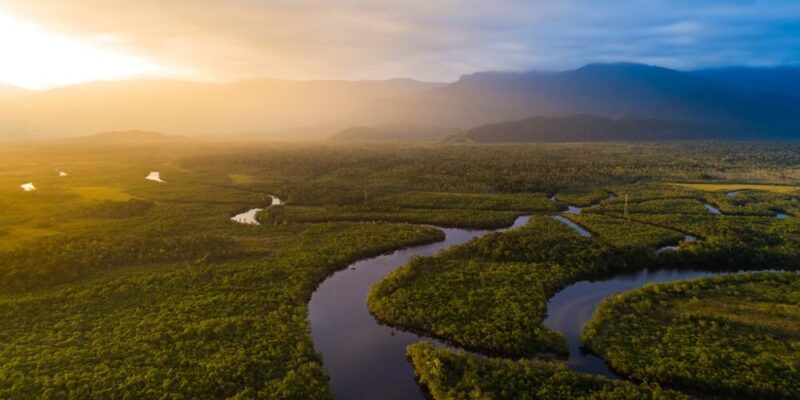
Brazil presents a varied and complex landscape, with abundant rivers , wetlands, mountains and plateaus , which offer great biodiversity . It has the largest forest in the world, the Amazon , located in the north of the country and which has an area of 1,500 km 2 . The jungle is also made up of an important river network.
The country has a large river system that is drained by the Amazon River, the largest and mightiest in the world, which also crosses the countries of Peru and Colombia. Additionally, there are numerous smaller rivers and streams that drain into the Atlantic Ocean.
Climate of Brazil
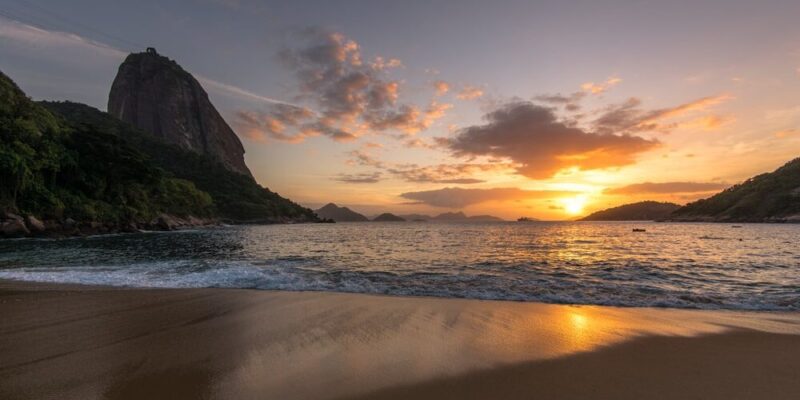
The climate that prevails in Brazil is tropical and humid subtropical , except in some areas of the northeast that go from Bahia to the coasts of Natal and São Luis, where it is usually semi-arid and with droughts .
In the central regions of the territory rainfall abounds during the summer months , which go from November to April, even with torrential downpours. The rains are generally moderate, between 1,000 and 1,500 millimeters per year, although they vary according to geography and are usually very abundant in the Amazon area, between 2,000 and 3,000 millimeters per year.
The average temperature is high and is usually around 28 ºC. In Brasilia the temperature is moderate and ranges between 15º and 30º. In a large part of the territory during the summer the temperature can reach 40 ºC .
Flora and fauna of Brazil
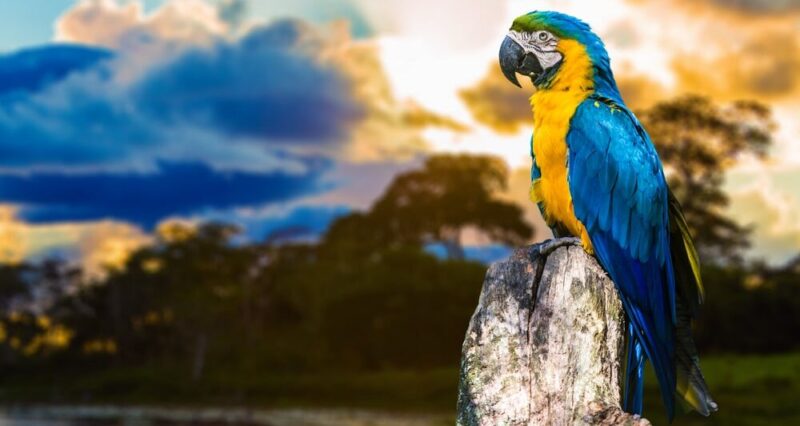
The flora and fauna of Brazil present greater biodiversity than any other country in the world, especially in the Amazon jungle. The scarce human presence in the jungle is essential for the conservation of the species.
The vegetation is very abundant with trees such as maruá, cedar, mahogany, palo violet, pitanga, palm tree, ishpingo and yvirá isí, among others. Also, there are plants like the orchid, the bignonia, the lily and the flower princess. Many of the plant species are fruit-bearing or have leaves for medicinal use.
The diversity of ecosystems is also home to numerous animal species , such as the pink dolphin, the sloth, the marmoset monkey, the green anaconda, the toucan, the macaw, the lizard, the black caiman, the electric eel, the pirarucu and the arrowhead frog, among others.
Economy of brazil

Brazil 's economy is the largest in South America and one of the largest in the world. It has a large amount of natural, renewable and non-renewable resources , which provide the country with the mining , agriculture and manufacturing industries . Brazil is one of the world's leading producers of coffee, soybeans, cassava and sugar.
Despite its natural wealth, it is an underdeveloped country in which inflation rates continue to rise , largely due to government policies implemented since the 20th century.
Tourism is also one of the country's main industries and one that continues to grow. The country receives about three million foreign tourists a year who choose as destinations Rio de Janeiro, Salvador, Bahia, the beaches of Santa Catarina and the Iguazú Falls, one of the seven wonders of the world, which it shares with Argentina.
The above content published at Collaborative Research Group is for informational and educational purposes only and has been developed by referring to reliable sources and recommendations from technology experts. We do not have any contact with official entities nor do we intend to replace the information that they emit.
MA student of the TransAtlantic Masters program at UNC-Chapel Hill. Political Science with a focus on European Studies. Expressed ideas are open to revision. He not only covers Technical articles but also has skills in the fields of SEO, graphics, web development and coding. .
Leave a reply
Your email address will not be published. Required fields are marked *Recent post

Sport: What Is It, Types, Risks, Features, Characteristics and Examples
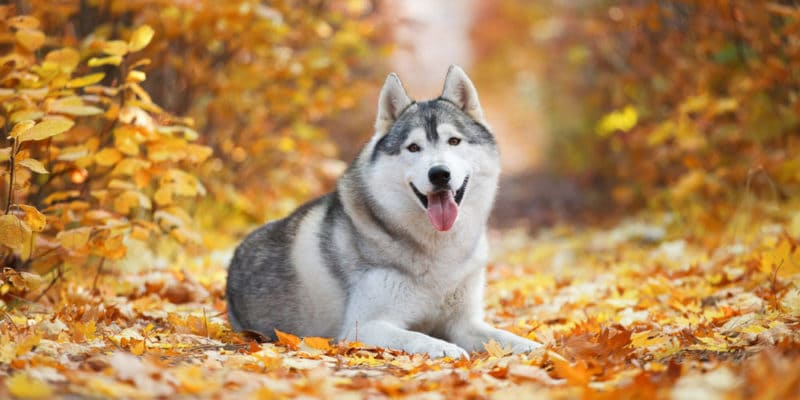
Dogs: Emergence, Features, Characteristics, Feeding and Breeds

Story: Definition, Elements, Structure, Features and Characteristics

